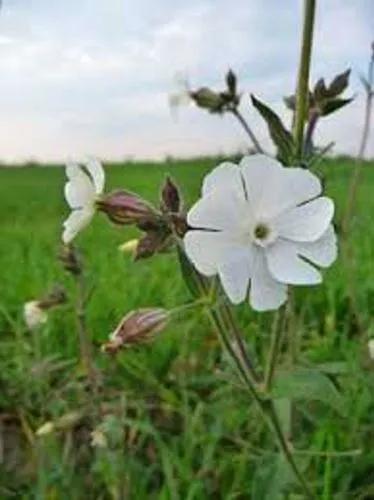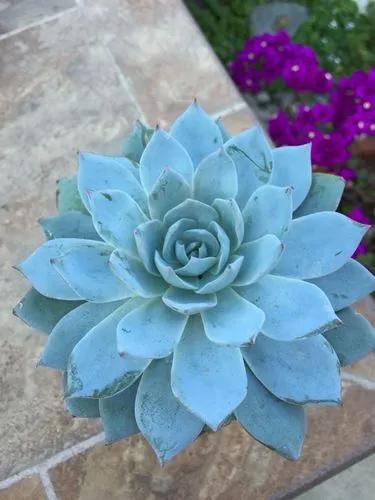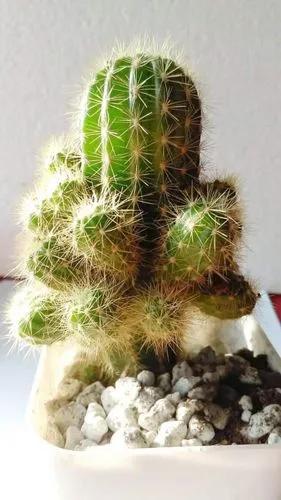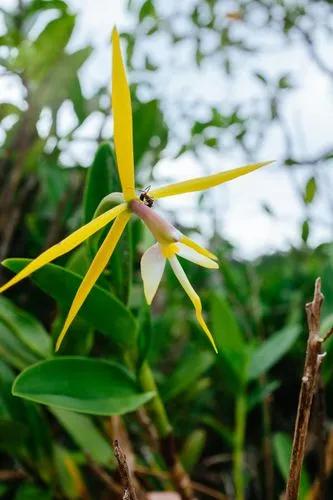Arethusa bulbosa, commonly known as Dragon's Mouth, is found in eastern and central United States and Canada, from South Carolina to Saskatchewan. It flowers in the summer, producing one bright pink flower with a whitish pink labellum marked with magenta spots and a yellow center. After flowering, it produces a solitary grass-like leaf. While the flowers are showy and fragrant, they offer little or no nectar reward to the pollinator. It is typically found in acidic, boggy conditions, especially favoring a bed of sphagnum mosses. Calopogon tuberosus has similarly colored flowers and grows in the same habitat, but unlike Arethusa, its flowers are non-resupinate (i.e., the labellum is the uppermost petal).
Dragon's Mouth Care
Arethusa Bulbosa
Other names: Swamp Pink, Bog Orchid, Bog Rose, Indian Pink



How to Care for the Plant

Water

Snapdragons need adequate watering. When growing snapdragon, keep moist for the first few weeks. Once established, snapdragon will need approximately an inch of water per week in times of no rainfall. Water near the crown of the plant and avoid overhead watering to keep your snapdragon healthy. Once established, let the soil dry about an inch deep before watering.

Pruning

Pinch the top off to encourage branching and bushiness.

Fertilizer

Apply fertilizer when the plants first start producing flowers. Use a standard, well-balanced all-purpose fertilizer, such as a 10-10-10 product, at a rate of three pounds for every 100 square feet of the flowerbed. Water well to minimize the risk of nitrogen burns and to help the fertilizer reach the roots.

Sunlight

Your snapdragons will bloom most profusely in full sun to partial shade in the spring. Once the temperature heats up, they may stop blooming altogether. Planting them in partial shade and keeping them well watered will help them make it through the summer and likely bloom again in fall. However, they are quick to get established and it can be just as easy to replace your snapdragon plants each season.

Soil

Snapdragons like a neutral soil pH between 6.2 and 7.0. As short-lived plants, they are not heavy feeders, but adding organic matter will help keep them healthy and blooming.

Temperature

Snapdragons prefer cooler temperatures. Snapdragons grow best when nighttime temperatures are in the low 40s and daytime temperatures in the low 70s Fahrenheit. Once established in the bed and hardened off, they can withstand sub-freezing temperatures. Make sure they stay well-watered during cold spells and add a layer of pine straw mulch, and they can last for quite some time. If you should get record low temperatures, cover snapdragons with pine straw for a few days until the chill has passed. Seedlings grown indoors do need to be hardened off for about 10 days to two weeks before planting in the garden.

Popularity

13 people already have this plant 4 people have added this plant to their wishlists
Discover more plants with the list below
Popular articles






